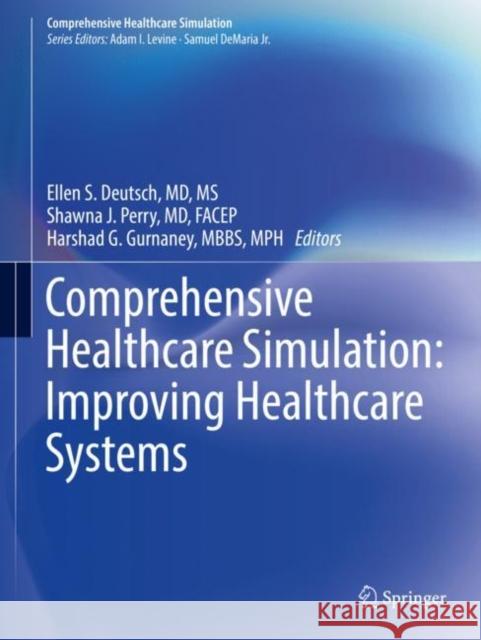Comprehensive Healthcare Simulation: Improving Healthcare Systems » książka
topmenu
Comprehensive Healthcare Simulation: Improving Healthcare Systems
ISBN-13: 9783030729721 / Angielski / Miękka / 2021 / 240 str.
Kategorie BISAC:
Wydawca:
Springer
Seria wydawnicza:
Język:
Angielski
ISBN-13:
9783030729721
Rok wydania:
2021
Wydanie:
2021
Numer serii:
000783938
Ilość stron:
240
Waga:
0.68 kg
Wymiary:
27.69 x 21.34 x 1.27
Oprawa:
Miękka
Wolumenów:
01











